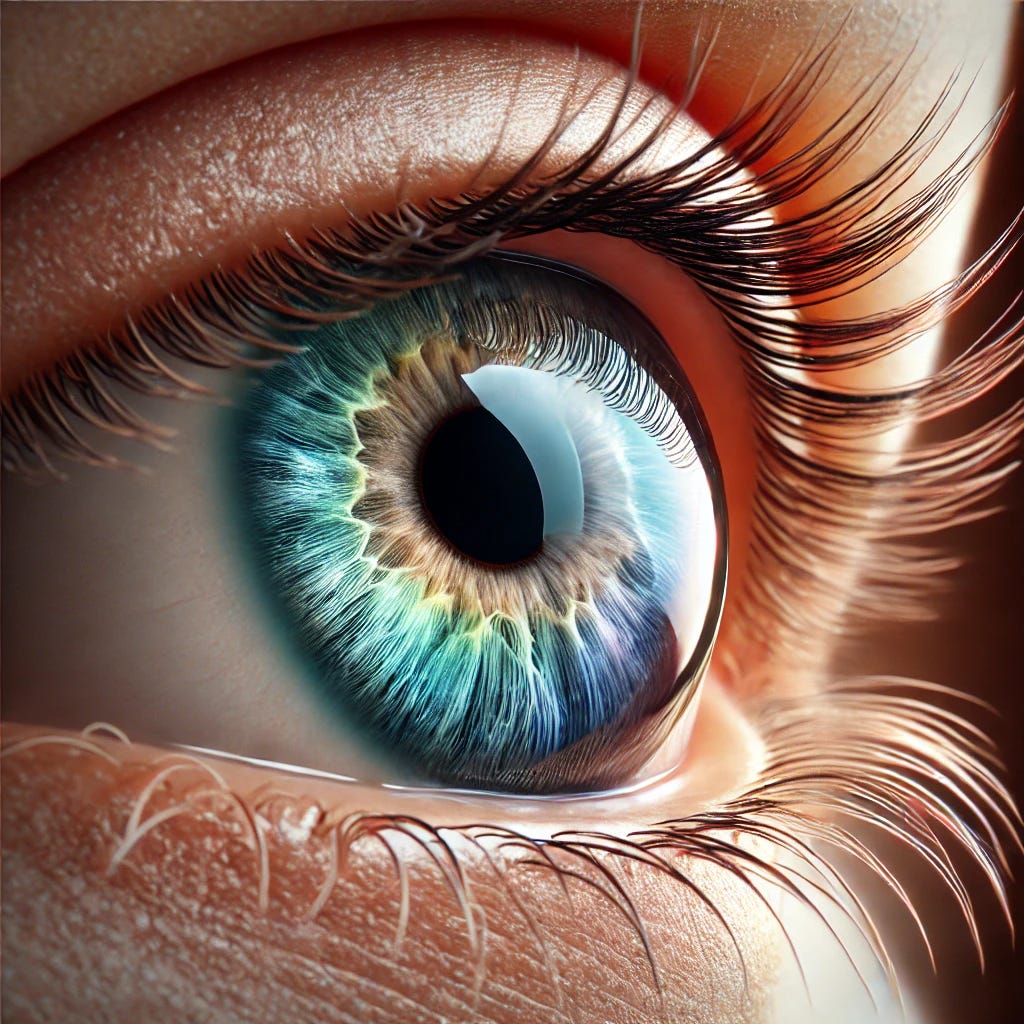As a holistic ophthalmologist, I often work with patients who are experiencing vision changes due to cataracts. Cataracts are a common age-related eye condition where the clear lens of the eye becomes cloudy, leading to symptoms like blurred vision, glare sensitivity, and difficulty seeing at night [1]. These vision changes can be frustrating and impact daily activities, but there are several strategies to help you cope and maintain your quality of life.
Understanding Cataract Symptoms
Cataracts develop gradually, and symptoms may not be noticeable at first. As the lens becomes more cloudy, you may experience:
Blurred or hazy vision: Your vision may appear less sharp, and details may be harder to discern [2].
Increased sensitivity to glare: Bright lights may seem more intense, and you may have difficulty seeing in bright sunlight or with oncoming headlights at night [3].
Diminished color perception: Colors may appear faded or yellowed, and distinguishing between certain shades may be challenging [4].
Poor night vision: You may have more difficulty seeing in low light conditions, which can make driving at night or reading in dim light harder [5].
Double vision or multiple images: In advanced cases, you may see double or multiple images in one eye, especially when looking at bright lights [6].
If you experience any of these symptoms, schedule an appointment with your eye doctor for a comprehensive eye exam to evaluate your cataracts and discuss treatment options.
Coping Strategies for Cataract Vision Changes
If you are not considering cataract surgery, there are several strategies you can use to manage your symptoms and maintain your independence:




